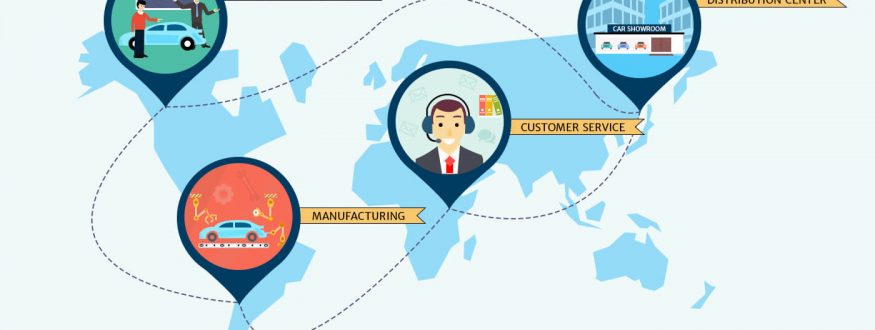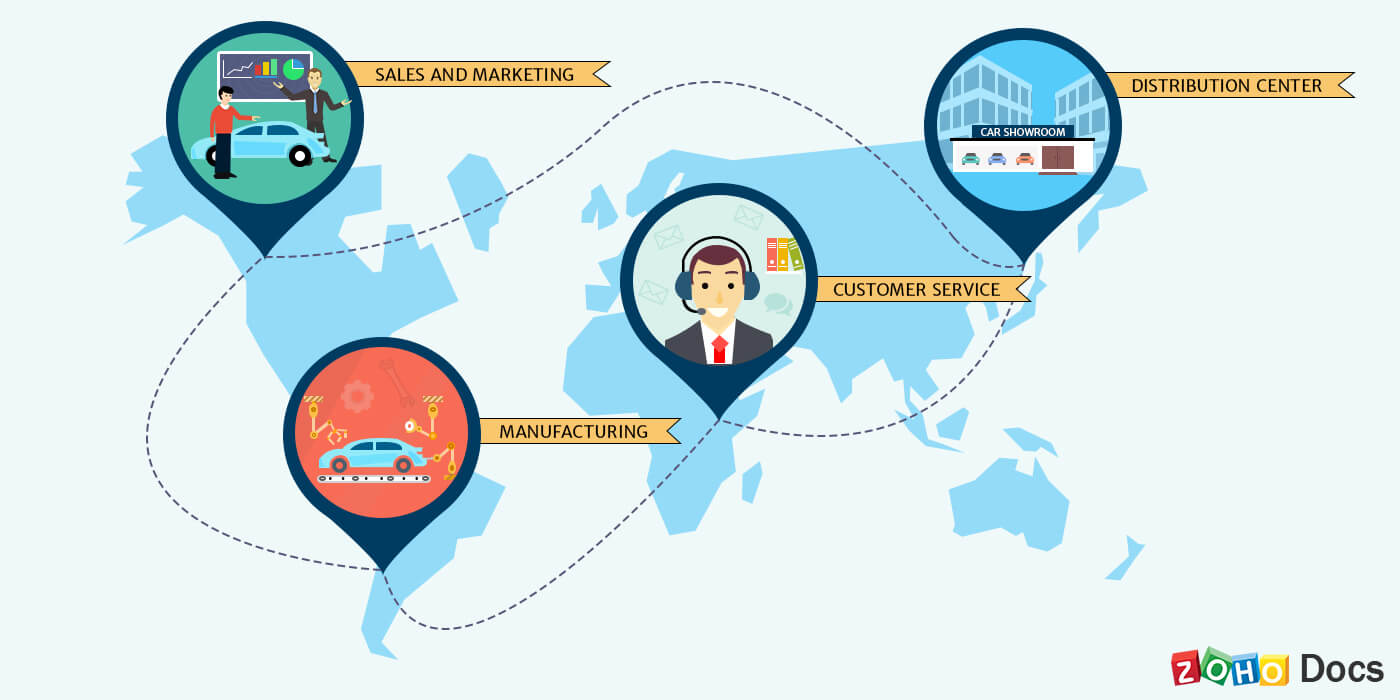In today’s world of fierce competition, ever–increasing consumer expectations, and rapidly changing trends, it is paramount for manufacturing companies to establish connection with consumers and suppliers around the world. In a market where one size won’t fit all, is there a better way to connect with consumers than to tailor your offerings to cater to local needs and wants?
The first step toward achieving this is localized manufacturing, i.e., setting up manufacturing units in places where there’s a big market for your products. Aside from bringing you closer to consumers, facilitating timely information and flexibility in meeting their diverse demands, it also gives you the advantage of low labor cost.
Though the benefits of localization are many, there are some product categories for which this may not be the best solution. Customers tend to patronize certain luxury brands because of the place they come from. In such cases, a “Made in India” or a “Made in China” tag could prove to be disastrous. This is when traditional centralized manufacturing is necessary, that is, having a single manufacturing unit with distribution centers wherever needed.
The role of a central documentation system
No matter what your manufacturing strategy is, it’s vital to have a central repository for all your data in place. Let’s look at the importance of a proper information system in both cases.
Though the idea behind localization is to offer different products for different consumer segments, certain things like quality standards, procedures and policies, training guides for employees, best practices, etc. must be internally consistent. This calls for a single channel of exchange between headquarters and all manufacturing units.
How does the absence of a proper system for timely exchange of information affect centralized manufacturing? First, the company might lose business if the manufacturing department isn’t aware of an increase in demand. Also, the unavailability of products might induce customers to try out your competitors, which, in the long run, could even push you out of the market. Similarly, if the dispatch department isn’t notified of an important shipment, leading to a delay in shipment, interdepartmental conflicts can arise. This situation can break down communication between departments and affect productivity.
Overcoming the bullwhip effect
Another supply chain issue common to both centralized and localized manufacturing is the bullwhip effect: a phenomenon in which small changes in the demand for a product are amplified as we move up the supply chain. Why does this happen and how do we manage it?
- Demand forecasting: Fearing an out-of-stock situation, everybody in the supply chain adds a percentage to their demand forecast. The fix? Having access to Point of Sale (POS) data through a shared documentation system.
- Order batching: Supply chain members resort to larger, less frequent orders to reduce ordering costs. Having a centralized documentation system, in which each supply chain member can update order quantity periodically and notify upstream members, is the solution to this.
- Lead time: As the result of higher lead time, retailers and wholesalers order a greater quantity than required to maintain a safety stock while waiting for their order to arrive. Having a seamless system for information exchange for all departments, as well as for all supply chain members, drastically reduces lead time.
Now you’re probably thinking, “Okay. I know a documentation system is important. But I can’t ask the IT team for new software right now!” Maybe you’re just on a tight budget, or there are other expenses to allot for.
Relax! With Zoho Docs, you can streamline information flow between different departments and between each member of the supply chain, without making any changes to your IT infrastructure and without any significant investment. Just sign up for free and get started right away.

Please let us know in the comments section below how Zoho Docs worked for you. If you have any suggestions, feel free to write to us at docs-support@zohocorp.com.

